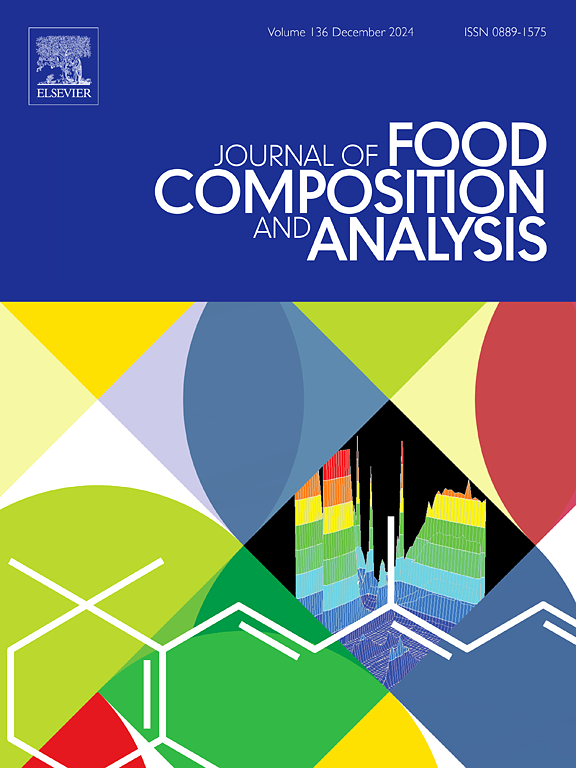A rapid photoionization detector-based gas chromatography electronic nose enhanced by DOE and SVM for accurate classification of baijiu jiuqu quality grades
IF 4
2区 农林科学
Q2 CHEMISTRY, APPLIED
引用次数: 0
Abstract
In recognition of the significance of Baijiu Jiuqu, this study introduced the development of a rapid photoionization detector–gas chromatograph–electronic nose (PID–GC–E-nose) tailored for its quality grading. Initially, the design of experiments methodology was utilized to optimize detection parameters for Baijiu Jiuqu, resulting in optimal conditions of a 10 mL/min flow rate, 30 °C column temperature, and 400 seconds detection duration. Subsequently, characteristic values derived from the detection signals were input into both support vector machine and principal component analysis. The PID–GC–E-nose demonstrated good performance in accurately classifying 132 samples into three distinct grades, achieving a recognition accuracy of 90.5 %. With a rapid response time of 1.09 seconds, high sensitivity down to a detection limit of 900 μg/kg, and better recognition capabilities compared to conventional electronic noses, this PID–GC–E-nose presented a promising tool for efficient quality control assessments of Baijiu Jiuqu and other complex samples.
求助全文
约1分钟内获得全文
求助全文
来源期刊

Journal of Food Composition and Analysis
工程技术-食品科技
CiteScore
6.20
自引率
11.60%
发文量
601
审稿时长
53 days
期刊介绍:
The Journal of Food Composition and Analysis publishes manuscripts on scientific aspects of data on the chemical composition of human foods, with particular emphasis on actual data on composition of foods; analytical methods; studies on the manipulation, storage, distribution and use of food composition data; and studies on the statistics, use and distribution of such data and data systems. The Journal''s basis is nutrient composition, with increasing emphasis on bioactive non-nutrient and anti-nutrient components. Papers must provide sufficient description of the food samples, analytical methods, quality control procedures and statistical treatments of the data to permit the end users of the food composition data to evaluate the appropriateness of such data in their projects.
The Journal does not publish papers on: microbiological compounds; sensory quality; aromatics/volatiles in food and wine; essential oils; organoleptic characteristics of food; physical properties; or clinical papers and pharmacology-related papers.
 求助内容:
求助内容: 应助结果提醒方式:
应助结果提醒方式:


